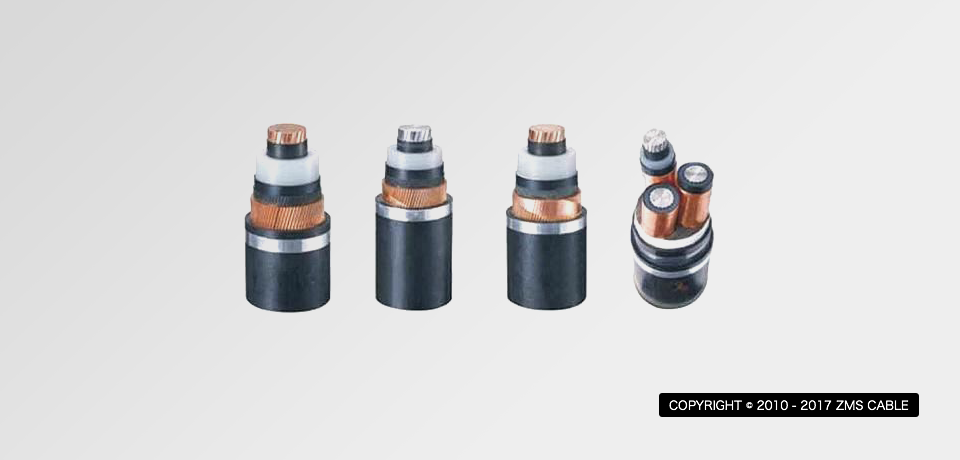Power cables in the operation of heating factors are as follows:

1 The cable conductor resistance does not meet the requirements, of the formation of cable in the operation of the fever scene.
2 The cable selection type is improper, the formation of the cable conductor cross-section is too small, the operation of the overload phenomenon, long-term use, the cable heat, and heat dissipation from a fever scene.
3 If The cable device is placed too much, the ventilation cooling effect is not good, or the cable is close to other heat sources too close to the normal cooling of the cable, there may be the formation of cable in the operation of the fever scene.
4 Joint manufacturing skills are not good, crimping is not tight, and the formation of joints at the contact resistance is too large, which will form a cable attack fever scene.
5 The cable between the insulation function is not suitable, the formation of insulation resistance is small, and the operation will also attack the scene.
6 Armored cable local sheath damage, after the water on the insulation function forms slow damage to the effect of the formation of insulation resistance gradually decreased, will also form a cable operator in the heat scene.
Power cable attack after the fever scene, if not find a factor in time to troubleshoot, the cable will continue to run after the continuous operation of the thermal shock breakdown of the stage.
The formation of a cable attack phase short circuit trip scene, severe may lead to a fire.
Power cable through a certain load current, it will heat, followed by the load current increases, the cable surface temperature is higher, if not timely processing, the results can be imagined.
Such as PVC (PVC) cable, is a core temperature of 70 degrees for the upper limit of thinking, and the surface temperature will be 5 to 10 degrees lower.
So the cable surface temperature below 60 degrees is basically safe, from the power protection thinking, of course, the lower the temperature the better.